The “rules” of art are typically socially and commercially imposed upon an artist, not hard and fast objective rules that determine the merits of a piece. When we think of what is “acceptable” in art, people have different opinions overall on the topic. Some people might think that tackling certain “difficult” topics is unacceptable, while others may find certain stylistic choices unthinkable.
Film is a relatively new art form with only about 100 years of dedicated filmmaking as an industry and even less in the formats we’re familiar with today. Despite the relative newness of the film art form, we already have established rules regarding what is and is not acceptable within filmmaking. However, trailblazers and activists have been breaking the rules of film since before we even established them. Many of the “rules” we know today result from these boundary-pushing films.
Newer films like “Late Night with the Devil” and “Civil War” are controversial as they raise questions from the public on questions like whether it’s ethical to use AI-generated art pieces in a major motion picture or whether it’s appropriate to release a transgressive film about politically motivated violence in a political climate where the upcoming election could be influenced by political violence. Let’s look at 20 movies that pushed the boundaries at the time they were released.
We tried to pick movies that were particularly interesting, not as well known to the public, very controversial at the time of release, or that had lasting effects on the filmmaking industry and art form at large. We also tried to pick works that were cited by multiple film critics for their controversial impacts on filmmaking. Thus, our list may contain entries similar to those of others. We put the list in order of release dates. (For more on R-rated films, check out this list of the best R-rated movies you probably haven’t seen.)
Man with a Movie Camera (1929)
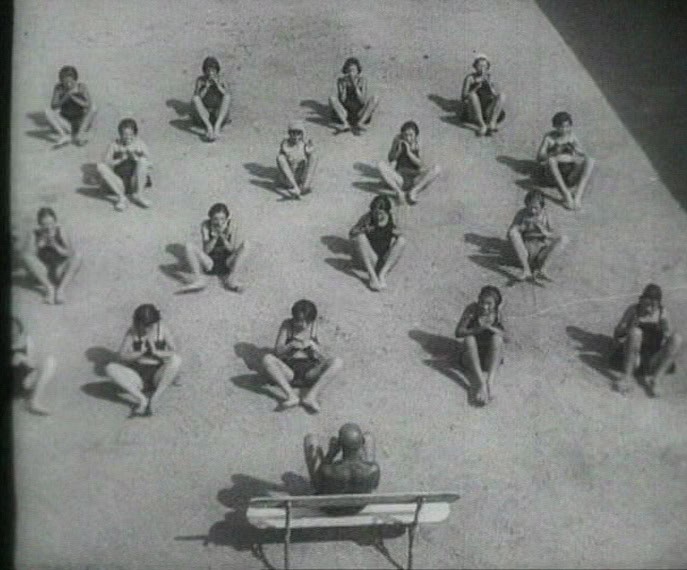
Our list starts with a silent, documentary-style film depicting an idyllic society within the Soviet Union. It remains highly controversial today as many people regard it as a piece of flagrant propaganda. However, its artistic and impressionistic ability to tell a story without words is hard to ignore. Despite the tenuous political characteristics of the film, it remains one that is cinematically creative and visually stunning. As it is a silent film, it manages to tell a story and convey a strong message without using any audio elements at all. It relies entirely on camera techniques and imagery for its storytelling elements, which is something that modern filmmakers would likely struggle to do. Some consider it the greatest documentary ever shot worldwide, as it manages to document and convey information without actively telling the viewer anything with words.
Mom and Dad (1945)

Due to its graphic and controversial nature, this Hallmark film is currently unavailable to stream or rent online. You might balk at the idea of a Hallmark film being controversial, as the company’s current identity is that of one of the most vanilla and innocuous film producers, specializing in romance and holiday films. However, at the time, Hallmark was still a new company without a cemented identity. “Mom and Dad” takes the perspective of a public service announcement from a teacher.
It follows a young woman who, due to her lack of proper sex education, becomes pregnant and eventually dies from complications of her lack of adequate knowledge of sex and pregnancy. The film includes a graphic birthing scene, which was a way for the filmmakers to get around the rigid censorship laws of the time. Hallmark manufactured press coverage around the film, emphasizing the shock value and reporting every time a viewer fainted in the theater.
Sunset Boulevard (1950)
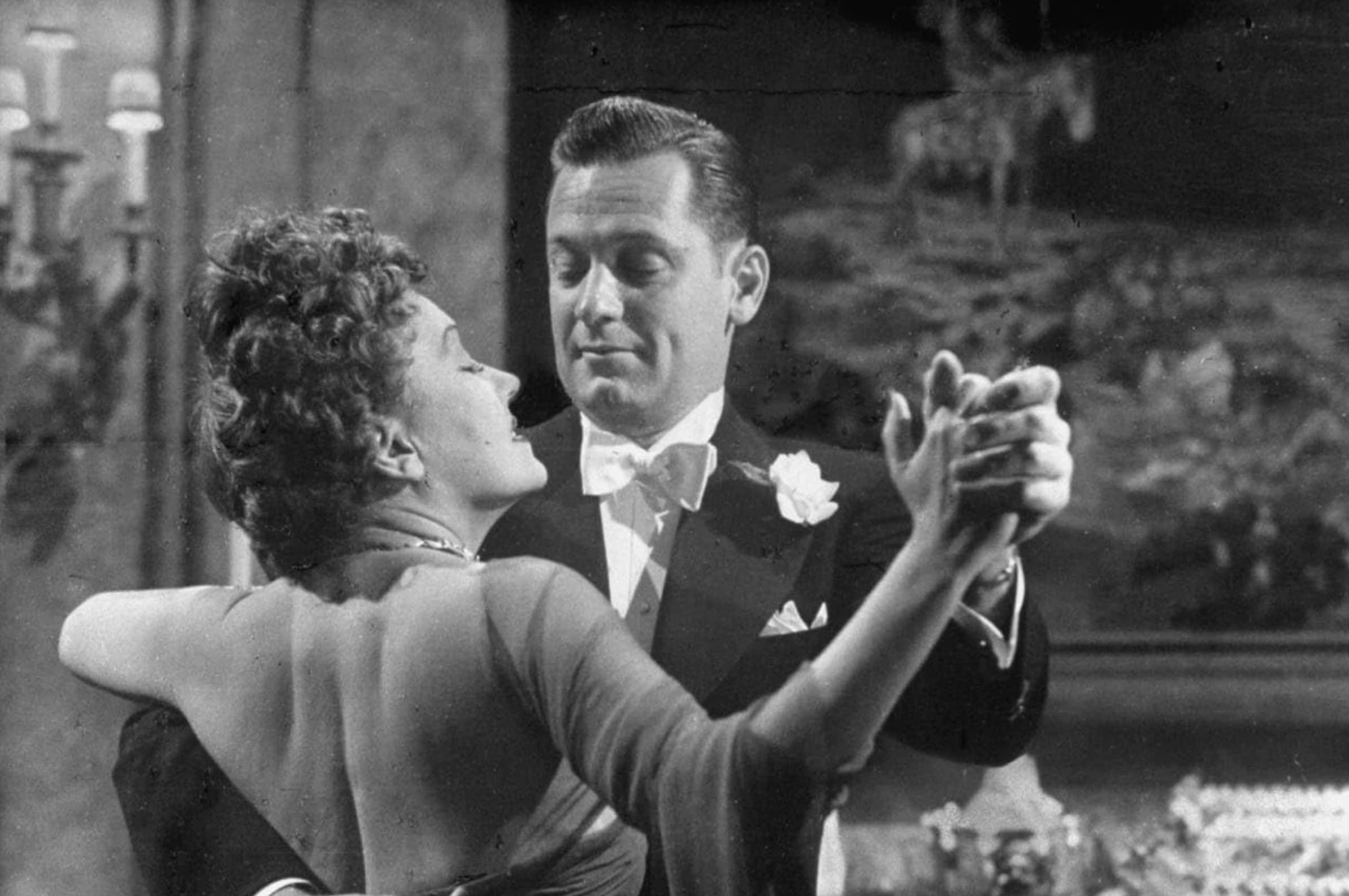
The 1950 film “Sunset Boulevard” follows the story of a struggling screenwriter, Joe Gillis, as he develops a dramatic and bizarre partnership with a former silent film star, Norma Desmond. One of the primary rules that the film broke at the time was that it opens with Joe Gillis dead in a pool and narrates the film in a series of flashbacks that explain how he ended up in this situation. Starting a movie with the death of the protagonist was unheard of at the time, even though in the modern day this wouldn’t be unusual.
The other major rule that “Sunset Boulevard” violated was that it addressed and called out the dark side of Hollywood. The filmmaking industry has always created an air of glamour and prestige around itself and its participants. However, “Sunset Boulevard” challenged this head-on and addressed the often tragic cost of success by documenting the mental downfall of the deuteragonist, Norma Desmond.
Psycho (1960)
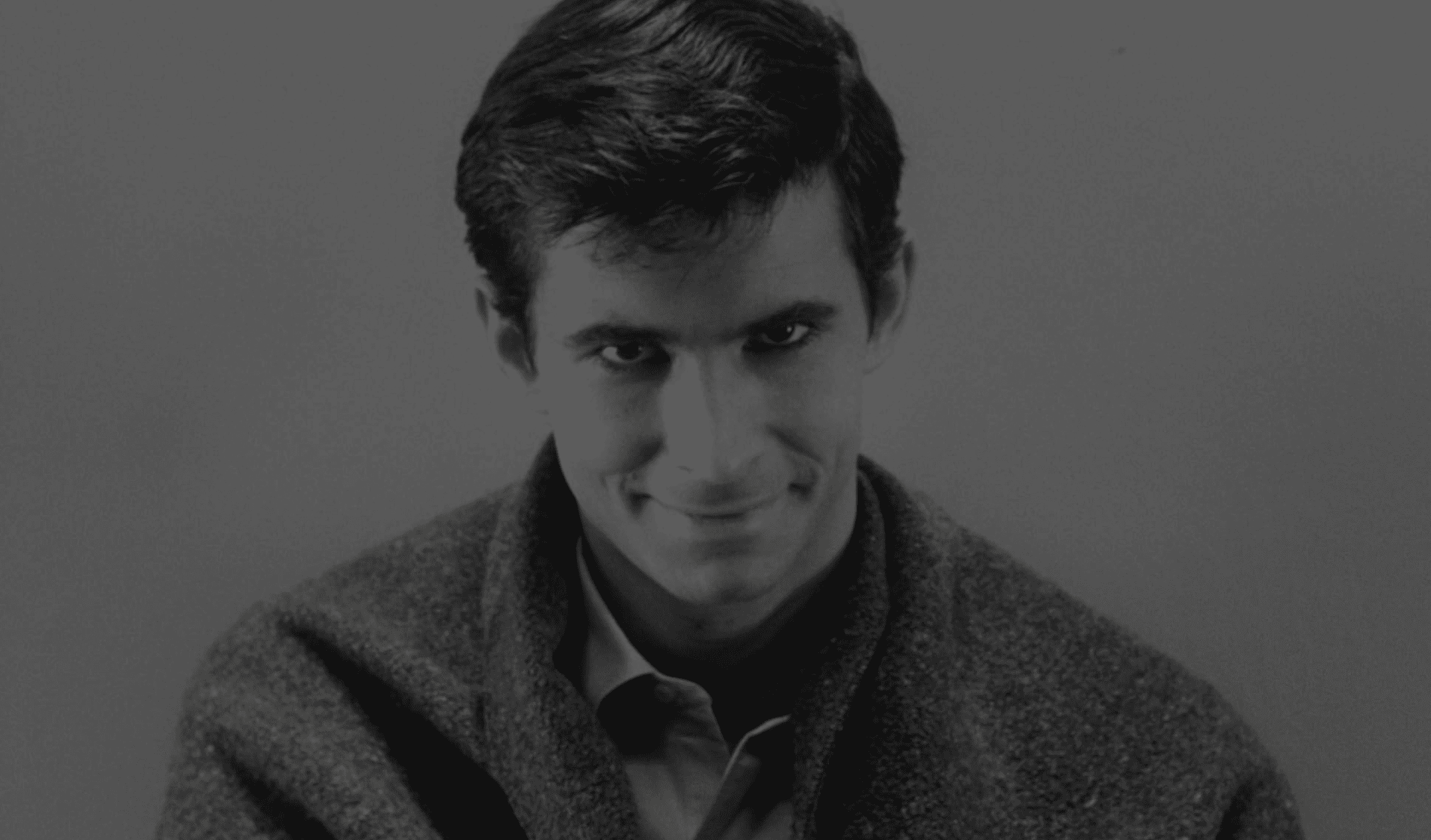
Before Alfred Hitchcock’s 1960 film, the censorship laws around filmmaking were significantly stricter than they are today. “Psycho” was groundbreaking because it flagrantly defied the Production Code Standards of the time by depicting subjects that were taboo in America at the time, such as sex between unmarried couples and the use of graphic violence. The infamous shower scene in the film was practically unheard of before its release and would have gotten a film put in the metaphorical slammer. The marketing team also gave the film a unique, must-see edge by barring latecomers from the theaters. While most people who know their films are familiar with “Psycho’s” twist ending now, the film was brand new at the time, and the marketing team didn’t want the ending spoiled for anyone. This created an air of mystery around the film that made it popular.
It’s this film that began the much-needed destruction of the strict film censorship rules at the time, allowing for more creative freedom in the film industry in the years following.
The Connection (1961)
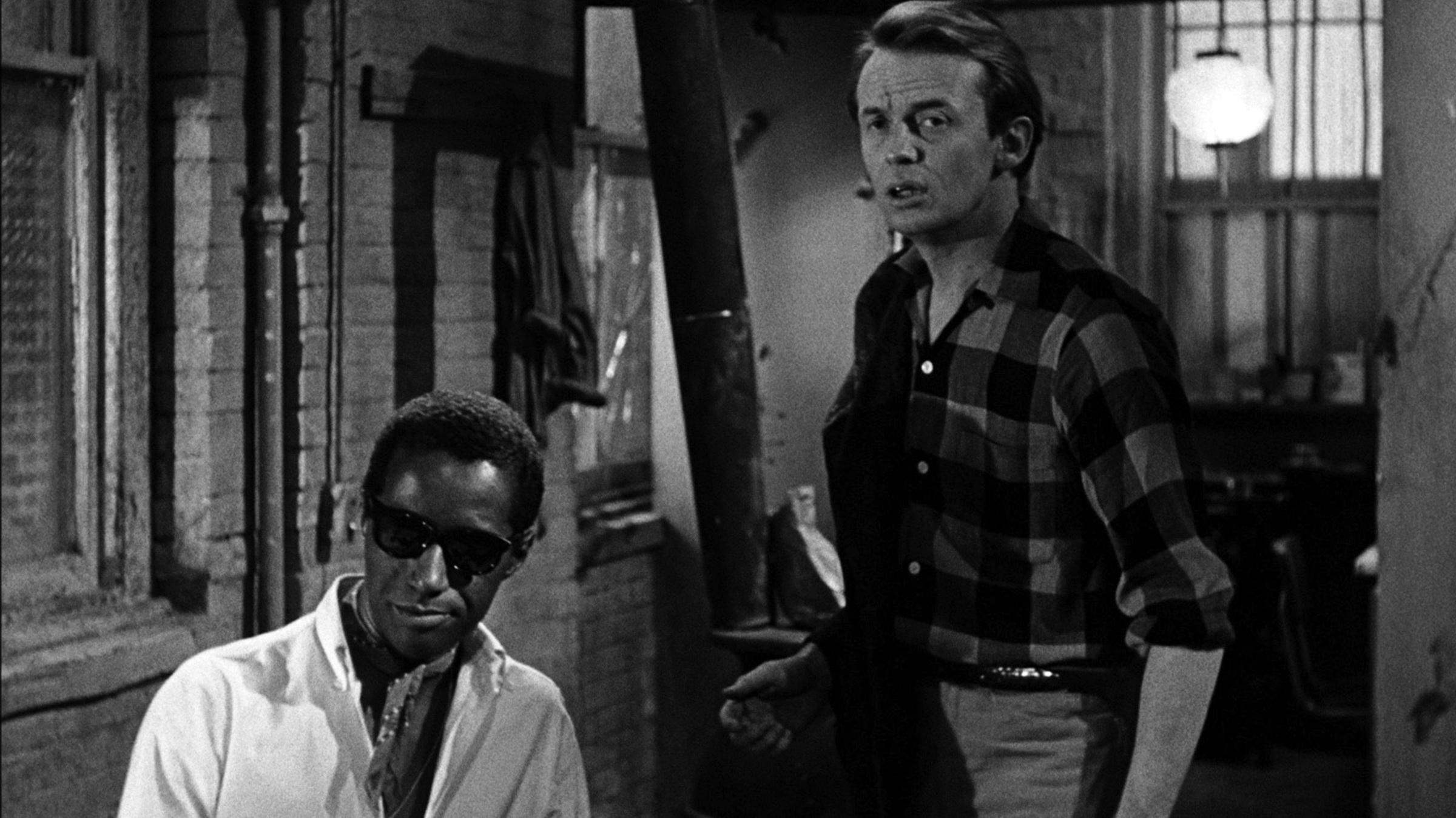
While “found footage” style films are seeing a resurgence in popularity with the creative medium used in all types of genres worldwide, the technique dates back to the early ’60s with the film “The Connection.” Shirley Clarke, a groundbreaking director on many axes, brought this masterpiece into the public eye. For one, she was a female director at a time when the vast majority of film directors were men. Another way she was a trailblazer was that she rejected the ideas of media censorship and control. A famous Clarke quote goes, “I’m revolting against the conventions of movies. Who says a film has to cost a million dollars and be safe and innocuous enough to satisfy every 12-year-old in America?” “The Connection” explores the nature of drug abuse in the music industry and features a high amount of foul language, which was a big no-no in filmmaking at the time.
At Midnight I’ll Take Your Soul (1964)
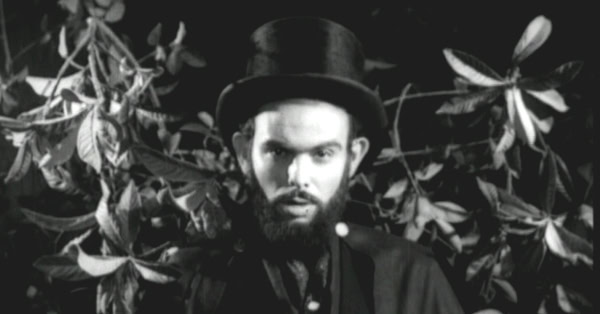
In North America, we had the movie “Night of the Living Dead” to pioneer the horror genre, featuring shocking violence and graphic use of dark themes. However, South American cinema can attribute this genre to the film “At Midnight I’ll Take Your Soul,” which first premiered in 1964. The film was Brazil’s first horror film and saw its release at a time when the country was still under the rule of an authoritarian, military dictatorship, making it unique not only as the pioneer of a genre but also as an artistic rebellion against a tyrannical government. It addresses several themes the government wanted to suppress, such as antiestablishment and antireligious themes. There was an official request for the crew to change the ending to one where the protagonist, Coffin Joe, accepts Christ as his savior. However, the crew rejected the request and published the movie with a darker ending.
Daisies (1966)
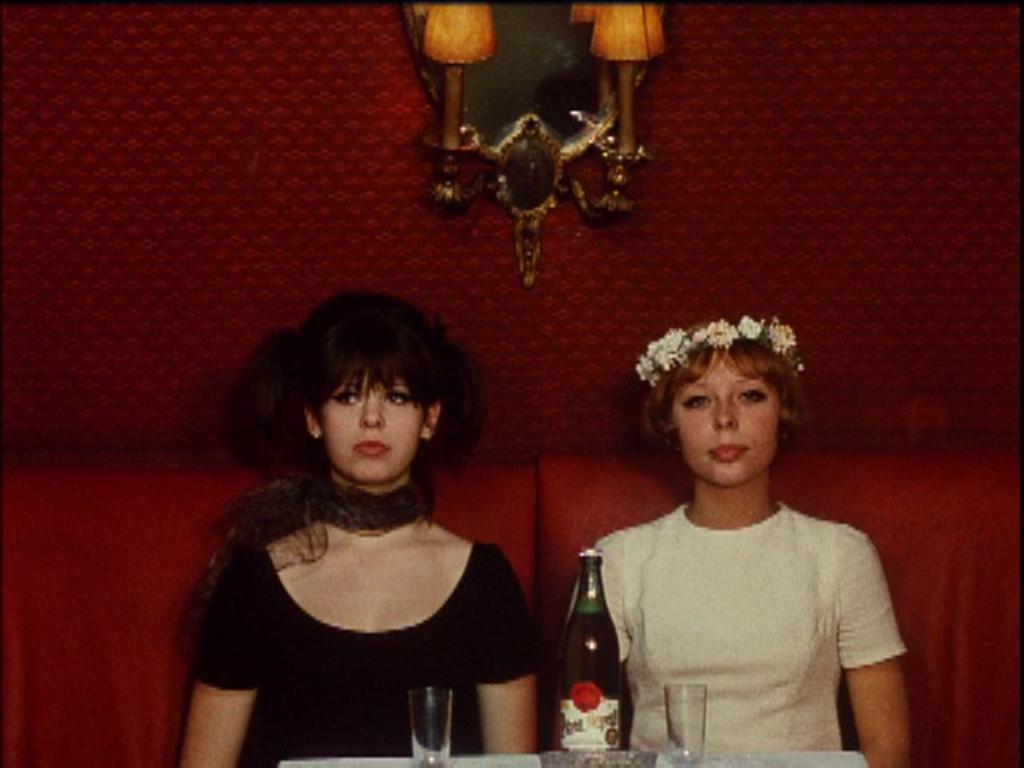
Another international film that challenged societal norms was “Daisies” from Czechoslovakia in 1966. The director of the film is Vera Chytilova. She was blacklisted from the industry for years after “Daisies” was released. The film follows two women, both named Marie, as they go about life while challenging social norms and capitalist society. It directly challenged many social norms and cultural sentiments in Czechoslovakia at the time. Critics condemned it for its criticisms of authoritarianism, communism, and patriarchy, claiming that it spread feminist evil in its message. The film’s message continues to stand as a pertinent commentary on social norms in modern society as women continue to battle the patriarchy for simple human rights. Outside of its challenges of social structures, “Daisies” also has a nontraditional style, flowing expressively and uniquely compared to modern films.
Pink Flamingos (1972)
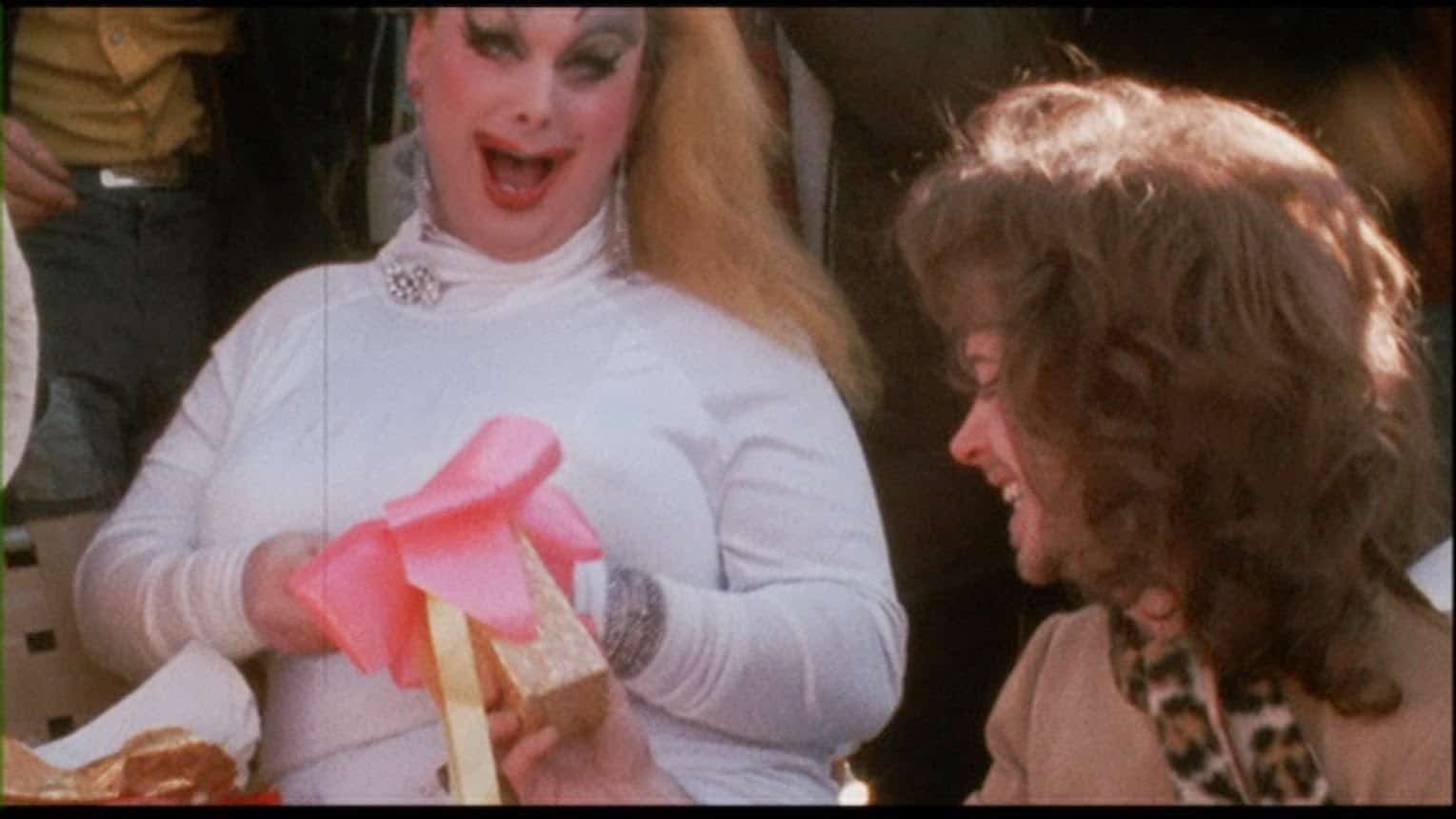
John Waters broke into the cult underground scene with midnight showings of “Pink Flamingos,” which followed two factions of people as they competed to earn the title of the “Filthiest People Alive.” The unique and crass humor of “Pink Flamingos” and other Waters films earned him the nickname “Pope of Trash.” This type of crude humor was previously unheard of in American media and challenged the sanitized views of the upper echelons that controlled the movie industry.
The movie starred soon-to-be queer cult icon Divine, whose work is still relevant in modern media on queer pop culture shows such as “Drag Race.” It also starred the group that would soon become known as the “Dreamland Crew.” “Pink Flamingos” looked at everything that high-society moviegoers thought made a movie “tasteful” and did the exact opposite. Its success challenged and redefined what it meant to entertain people and the methods you could use to do it.
Ganja and Hess (1973)

Blaxploitation films can be divisive with people who don’t like them from the outset. However, there’s no denying the impact the genre has had on the wider film industry. At the time of the release of “Ganja and Hess,” the Blaxploitation genre was thriving due to popular protagonists like John Shaft and Foxy Brown. The movie is a similar concept to “Blacula,” a Blaxploitation version of a vampire flick.
It follows Dr. Hess Green after he is stabbed with an ancient, germ-infested knife and becomes a vampire. During his killings, he meets and falls in love with Ganja and turns her into a vampire to join his new lifestyle. However, the movie touches on much darker and more serious topics such as race relations and drug addiction. Thus, the film struggled to find an audience. It found a following in modern audiences and has been a highly influential film since.
The Holy Mountain (1973)

A movie that is hard to put into words is 1973’s “The Holy Mountain.” It follows a Jesus Christ-esque figure who meets an alchemist who teaches him how to turn human excrement into gold. However, material goods are not seen as honorable endeavors for those seeking to obtain enlightenment through seeking out and climbing the Holy Mountain. The film shows graphic representations of humanity’s worst traits and actions, such as war and greed, as a small group of people abandon their earthly possessions to find spiritual and moral freedom. However, it contains a lot of graphic violence against animals and other shocking elements that many might find exploitative. It’s the kind of movie you have to experience, as reading a synopsis just can’t capture the chaotic absurdity of the film accurately.
Mirror (1975)
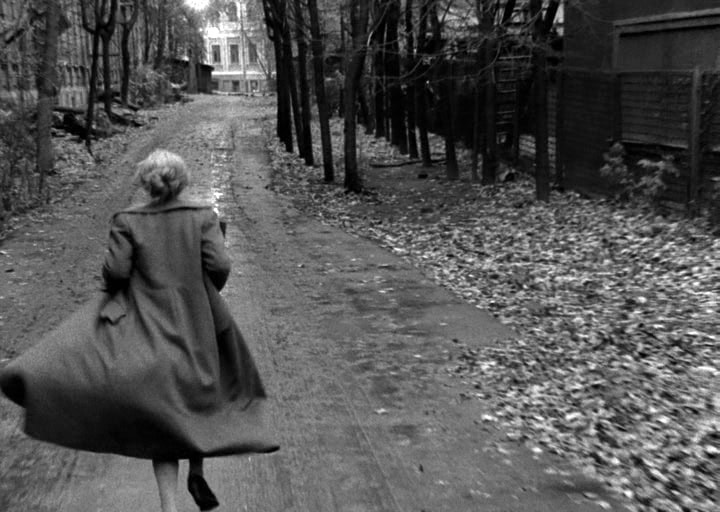
The film “Mirror” released in 1975 is a loosely autobiographical film by director Andrei Tarkovsky focusing on three broad periods of his life spanning from the 1930s until the ’60s. The film is less about telling a story and manipulating the audience’s perceptions of it, and more about presenting imagery to the viewers and allowing them to draw their own conclusions through processing the film through their own emotions, morals, and memories.
Even in the very modern day, these types of films are rare and typically don’t find wide audiences as most companies will not finance a film that doesn’t actively tell a story. “Mirror’s” imagery is almost whimsical, using surreal color palettes to distinguish different scenes that don’t always appear to connect logically. With the violence and political strife of World War II framing the middle of the film, it paints a picture without telling the viewer how to feel about it.
In the Realm of the Senses (1976)
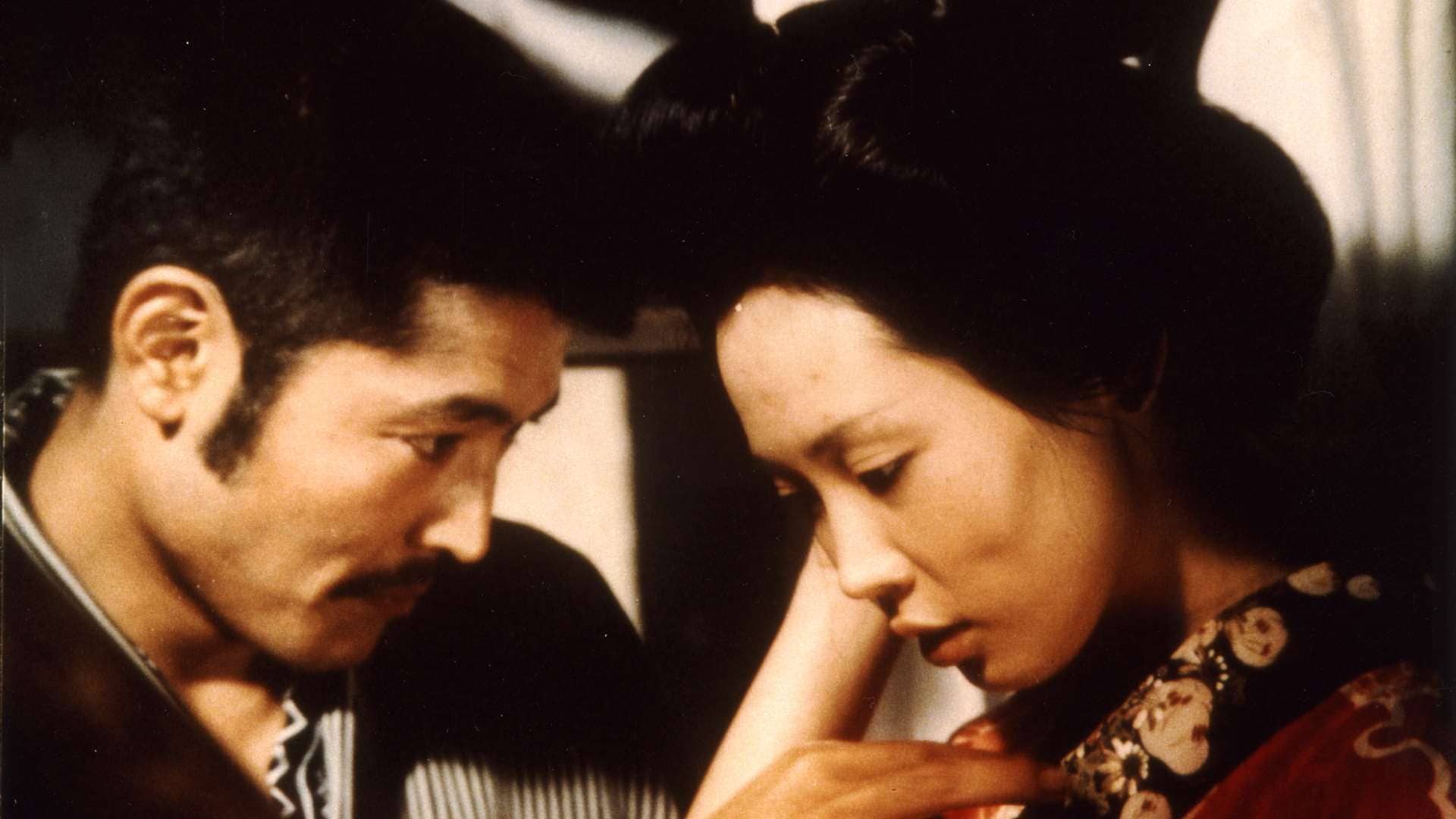
Sada Abe’s story has seen many adaptations as her crimes made her a minor celebrity in Japan and even internationally. “In the Realm of the Senses” follows the passionate love affair of a woman and her boss in pre-war Japan. They spend days together indulging in sex before the relationship turns sexually violent and result in the woman cutting off her lover’s penis and taking it with her until the police are able to apprehend her.
Japanese censorship laws in film remain relevant in the modern day and you cannot show genitals on screen in this country. Additionally, at the time the movie was groundbreaking as the sexual content focused on a woman’s pleasure rather than a man’s, which broke their established rules of eroticism that focused on male-dominated fantasies. To this day, the full, uncut version of “In the Realm of the Senses” is not legally viewable in the movie’s native country.
Eraserhead (1978)
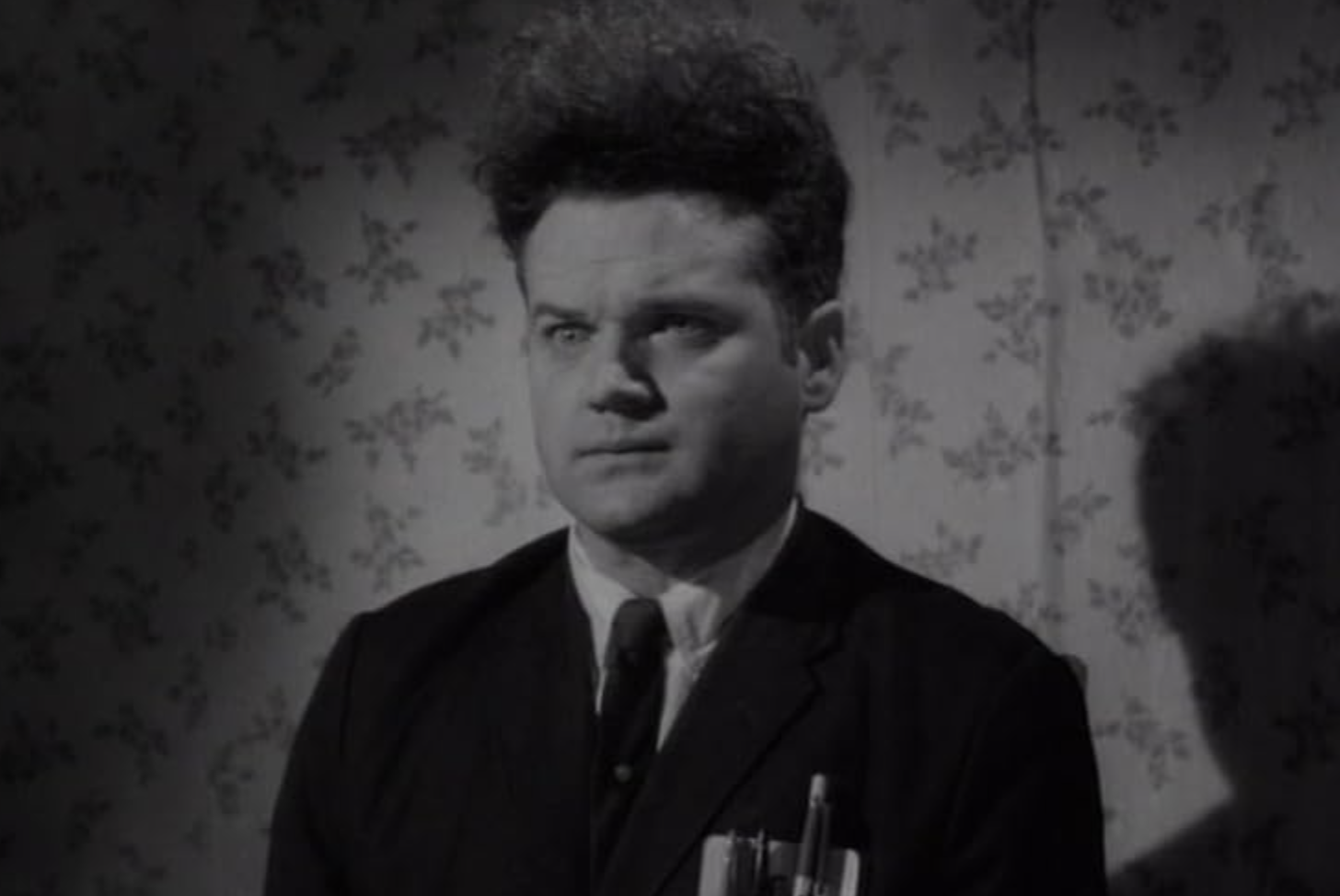
The story of “Eraserhead” follows a struggling father, Henry Spencer, who attempts to claw himself out of a rut in the industrial landscape with an unhappy girlfriend and a new baby whose deformities haunt his waking and dreaming lives. Eventually, he starts to see the apparition of death in the form of “the lady in the radiator” calling him toward the ultimate, final escape. The film’s abstract imagery lingers between dreams and reality, showcasing the dark fears and insecurities of unhappy men. “Eraserhead’s” dark and unforgiving yet visually beautiful imagery is still relevant to the crafting of modern dark cinema and experimental works.
Crazy Thunder Road (1980)
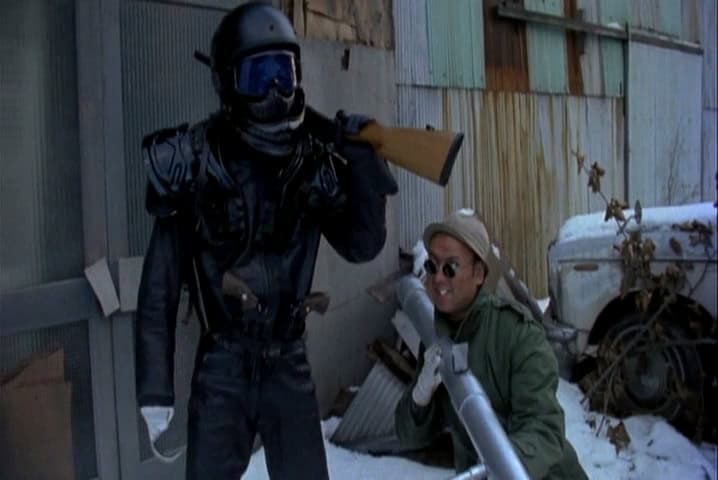
When the leader of a notorious Japanese biker gang falls in love with a beautiful bartender, he decides to leave his boys behind, leading to conflict within the ranks. He must navigate his way through a violent rager while trying to keep himself and his girlfriend safe. “Crazy Thunder Road” was directed by Sogo Ishii, now known as Gakuryu Ishii, one of Japan’s most famous experimental directors, often credited with the pioneering of the cyberpunk genre. The movie did more than just present stunning visuals. The party’s musical score showcased a lot of underground Japanese talent that would have never had a chance at a big screen appearance, which is dominated by manufactured bands in Japan. The result is a movie that is essentially a tiny, on-screen music festival in a DIY-made film that challenges the conventions of Japanese filmmaking.
Angst (1983)
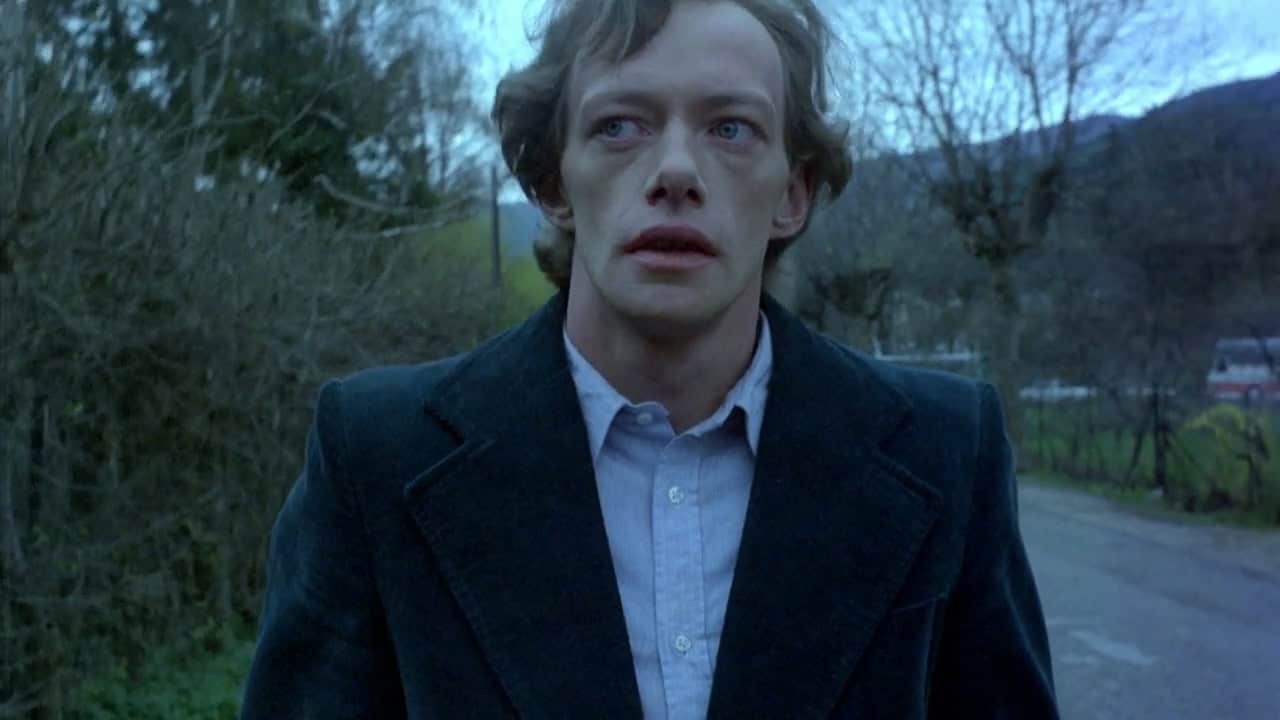
One of the eeriest parts of the film “Angst,” released in 1983, is the lack of dialogue in the movie. Unlike films that use the dialogue between characters to drive the story, “Angst” is almost silent, with the only audio punctuation being particularly powerful moments in the score and the screams of the victims. The movie follows a young man after his release from prison as he breaks into a home and murders the small family living inside. It’s a gruesome, violent depiction of crime that bars no holds and takes no prisoners. There is no happy ending. It’s just a documentation of one man terrorizing a small family in slow, graphic detail. The unique camera angles are disorienting and create a disturbing experience by presenting the details of the film in ways that the viewer doesn’t expect.
Man Bites Dog (1992)

The 1992 film “Man Bites Dog” is a pseudo-documentary following a camera crew that goes with a merciless serial killer to document his daily life, including his killings and the disposal of bodies. While they initially try to remain impartial, they find themselves increasingly involved in the murders and other crimes. The film aims to be realistic to the nature of violent crime to shock and horrify audiences, using the found footage and pseudo-documentary formats to increase realism. Rather than allowing the audience to separate themselves from the violence with suspension of disbelief, “Man Bites Dog” tries to make the violence look as real to life as possible. A similar film, “Cannibal Holocaust” got banned for its overly violent content, but “Man Bites Dog” saw a ban for its depiction of sexual violence. The film closed the gap between the audience and the intimate details of violent crimes.
Gummo (1997)

Director Harmony Korine is known for his groundbreaking movies that push the accepted boundaries of cinema. A famous quote of his states, “I can’t stand plots; I don’t feel life has plots. There is no beginning, middle, or end, and it upsets me when things are tied up so perfectly.” In this sense, “Gummo” is one such movie of his that has no plot. Its free-flowing style moves from one scene to another in a hypnotic way, showcasing a candid, dreamlike landscape of things that many Americans viewed as “unfilmable.” The film follows two young boys, Tummler and Solomon, as they navigate the torn-up landscape of Xenia, Ohio, post-tornado. The movie showcases brief moments of suburban stupidity, bizarre behavior, and eccentric personalities that most Americans at the time viewed as unfit for cinema.
Irreversible (2002)

The 2002 film “Irreversible” is another look at hyper-realistic portrayals of violent crime meant to cast a light on something that society often sweeps under the rug. It follows a tragic night in Paris where, after a woman experiences a vicious assault, her boyfriend and ex-lover go on a quest for revenge. The crew shot the film in reverse order and many associate it with the New French Extremity Movement, which aimed to push boundaries and depict violence with unflinching realism. Gaspar Noe is the director of “Irreversible,” and its unconventional structure became a standard for Noe’s future films. There are no cinematic embellishments to the violence in “Irreversible.” Famously, the film uses infrasound that registers just above the 20 Hz limit as background noise, which induces feelings of nausea, sickness, and vertigo in the viewers, to increase the unsettling and unpleasant feeling of the film.
Dogville (2003)
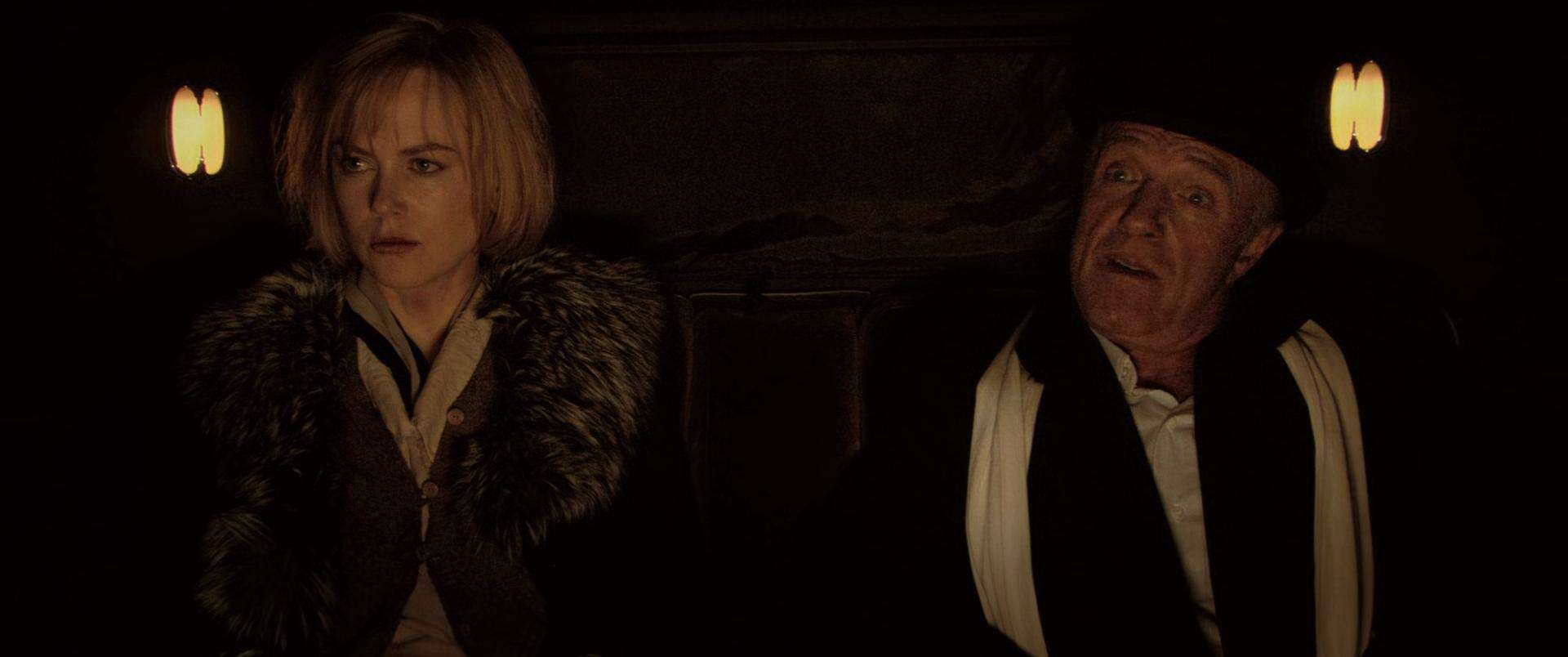
After escaping from mobsters, a young woman named Grace finds herself in the titular American town, Dogville. The locals agree to shelter and hide her from the mob in exchange for her labor. However, their treatment of her becomes increasingly exploitative of her circumstances. If you’re familiar with the Dogme 95 movement, Lars Von Trier is also the director of “Dogville.” It doesn’t adhere to the strict rules imposed by the Dogme 95 movement. However, it retains Trier’s commitment to defying and redefining the conventions of cinematic creativity. It uses a minimalistic set design with a nearly bare sound stage and unconventional storytelling elements to tell the stories of the eccentric lives of the residents of Dogville. This, along with the increasingly unethical treatment of Grace by Dogville’s residents, creates a uniquely unsettling atmosphere throughout the film.
What Is It? (2005)
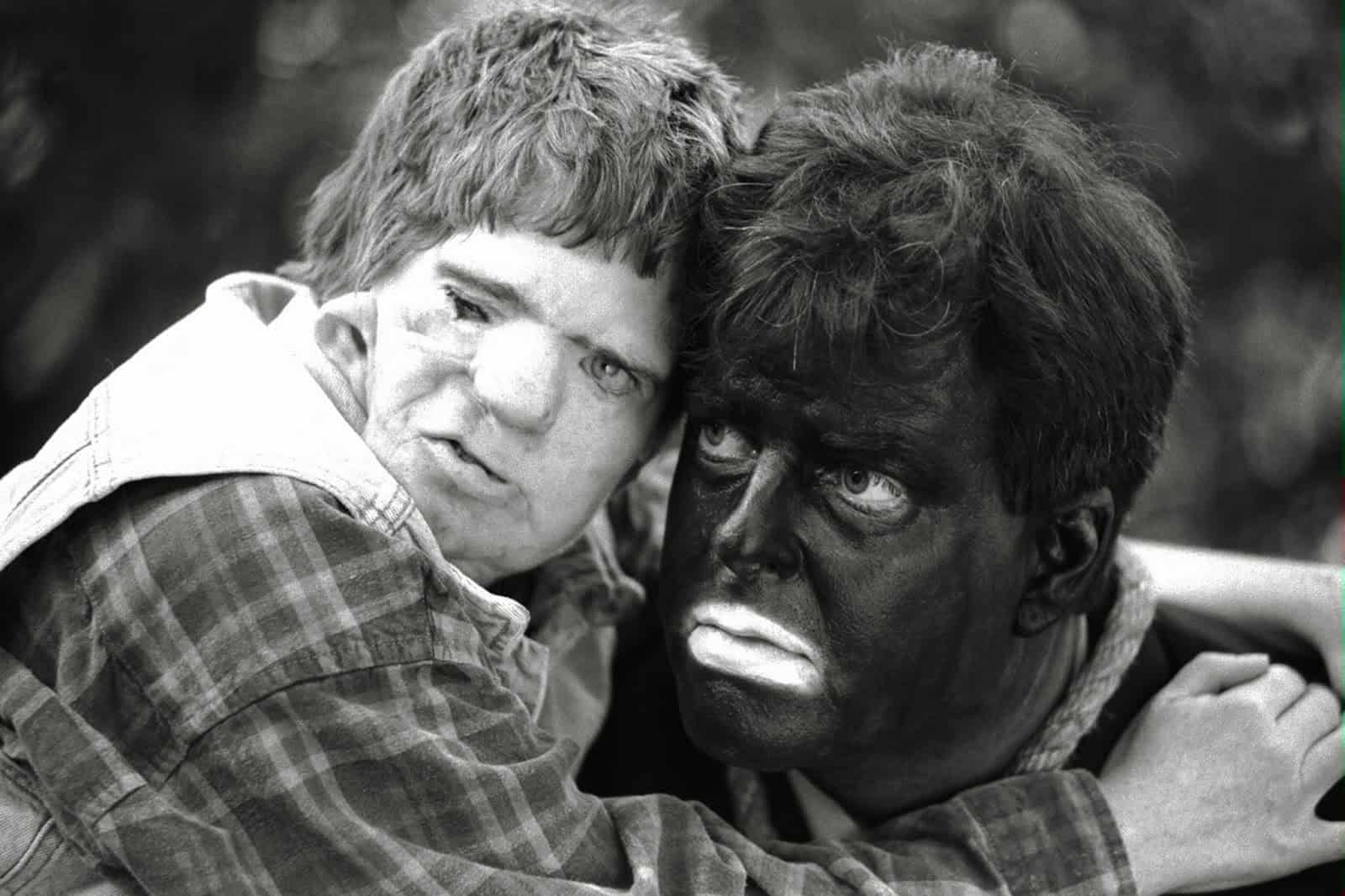
It’s impossible to have a list of boundary-pushing films without looking at “What Is It?” or another work by Crispin Glover. This film is hard to see and you’ll have to be on the ball if you want to experience it, as it has never been and never will be commercially released. The only way to see this film is to catch it during one of Glover’s tours, where he will personally present the film to viewers.
The content of “What Is It?” is baffling and surreal, touching on American taboos and flowing in a bizarre manner that defies conventional filmmaking standards. Glover’s belief that films must be seen in the cinema to be fully appreciated and his desire to protect his actors, who are largely from vulnerable communities, has led him to keep the film under wraps. If you’re interested in seeing it, look out for his tour dates and see if you can make it to one of his personal showings. There’s no other way to see it. (Here’s a look at R-rated movies with perfect scores on Rotten Tomatoes.)